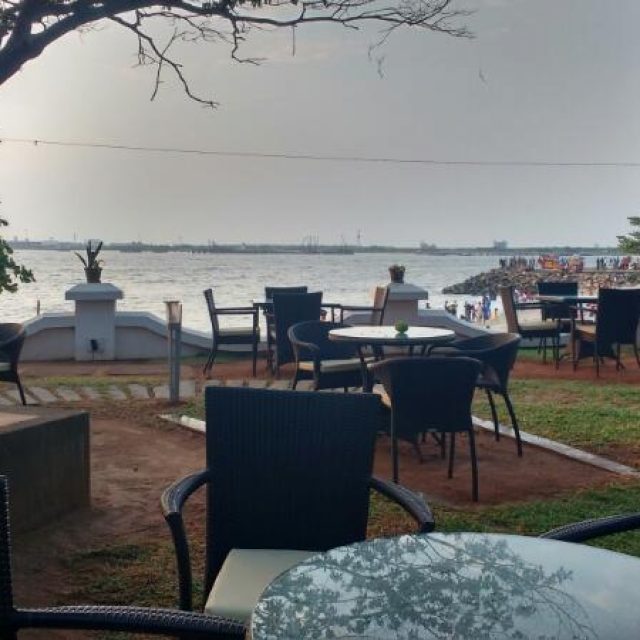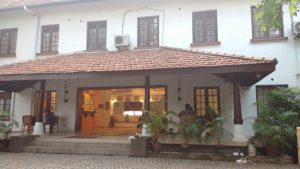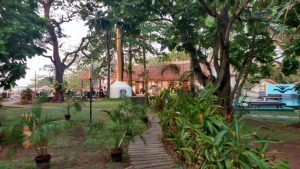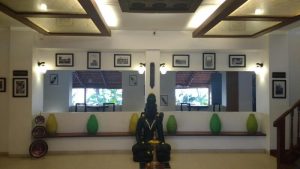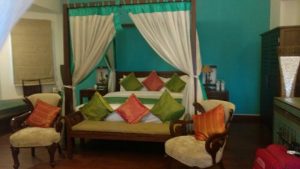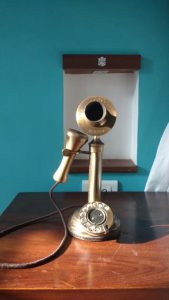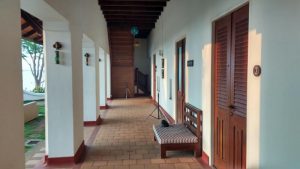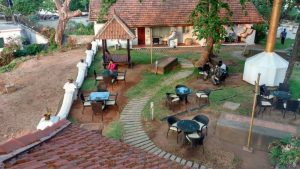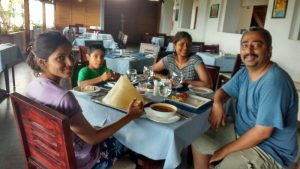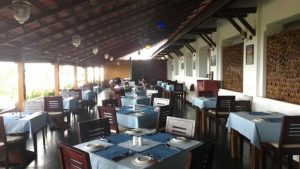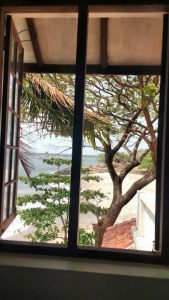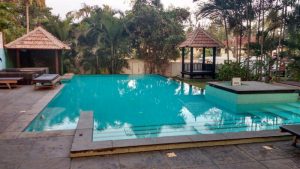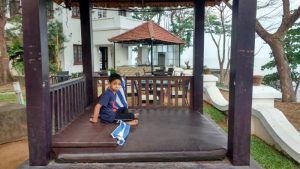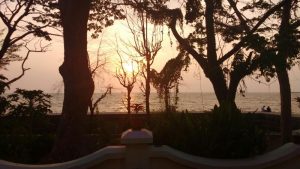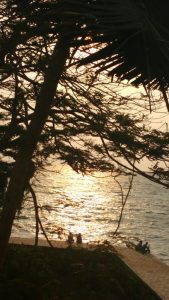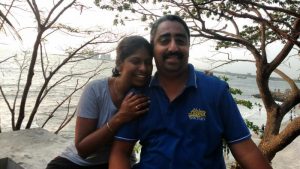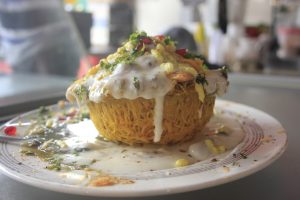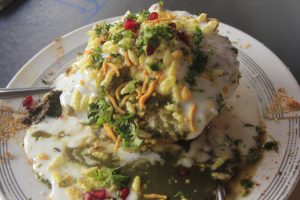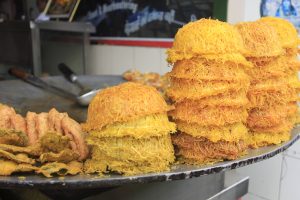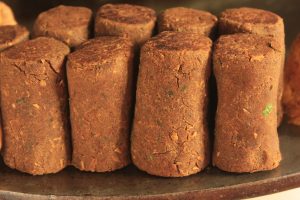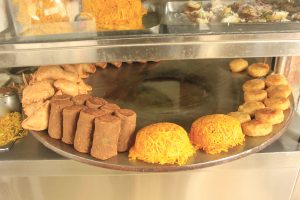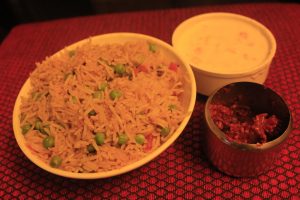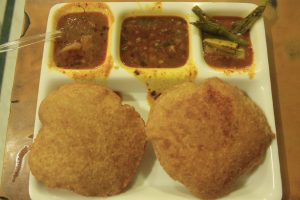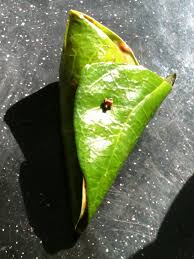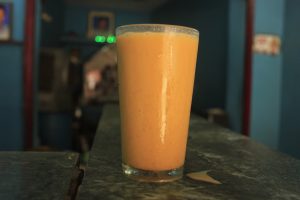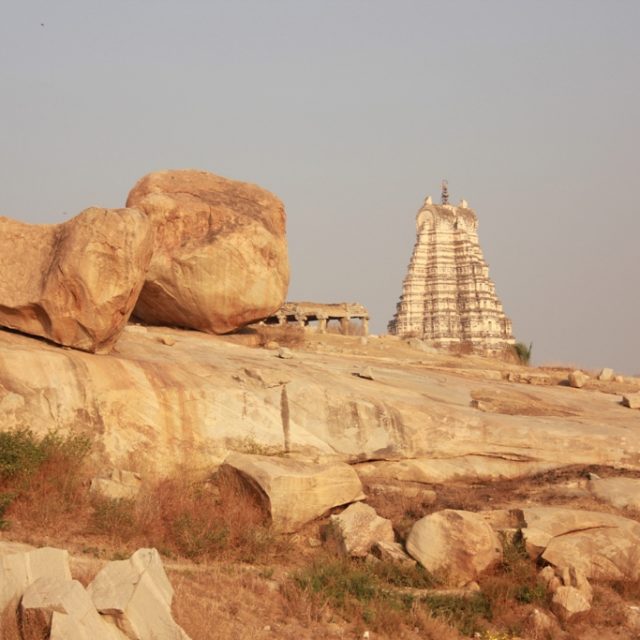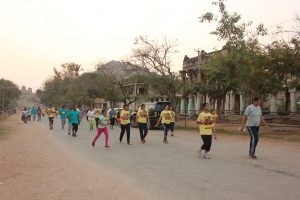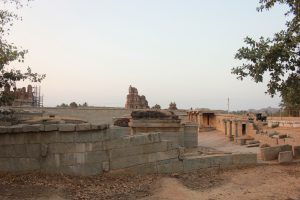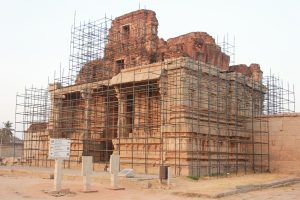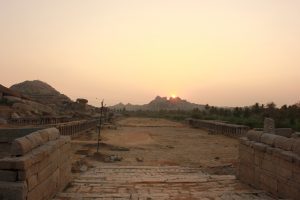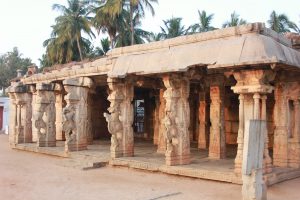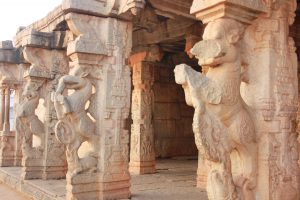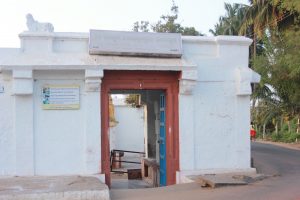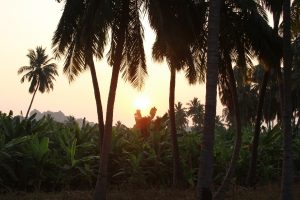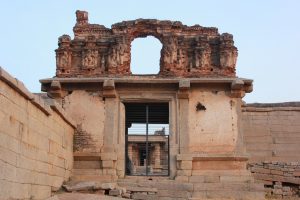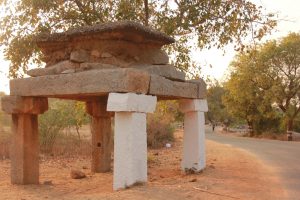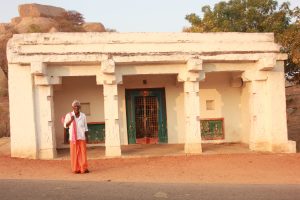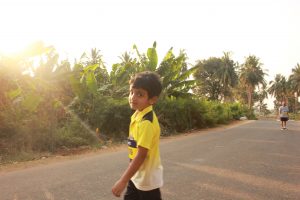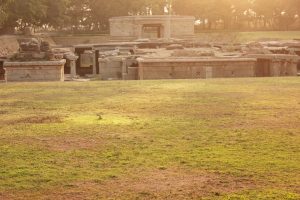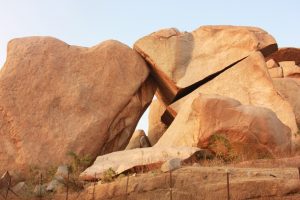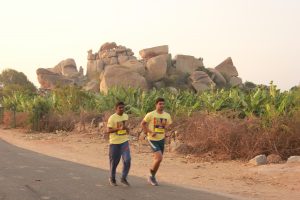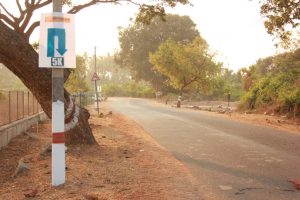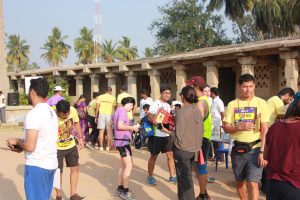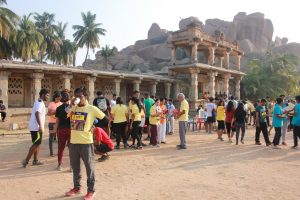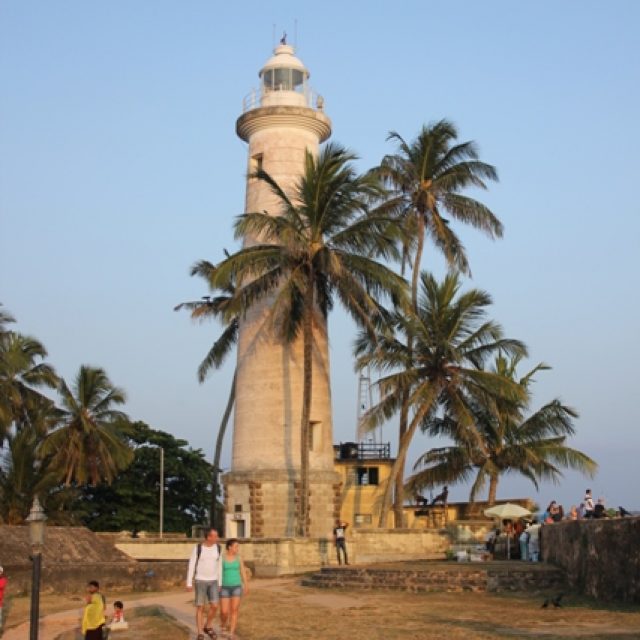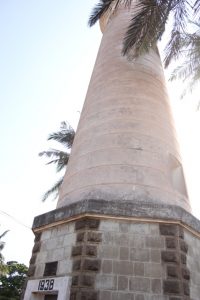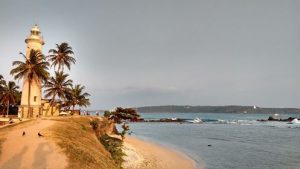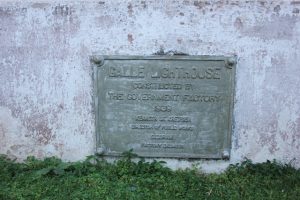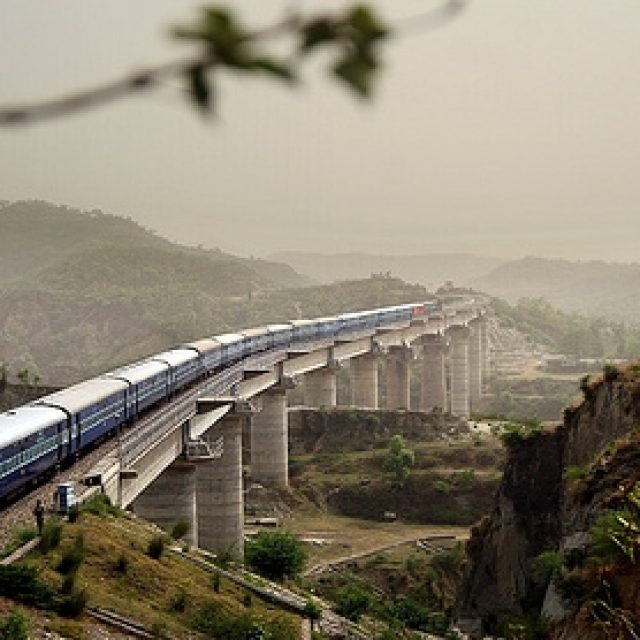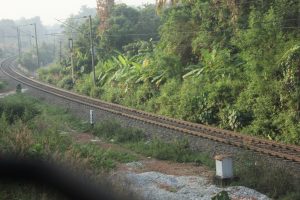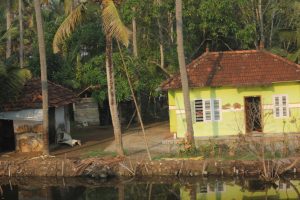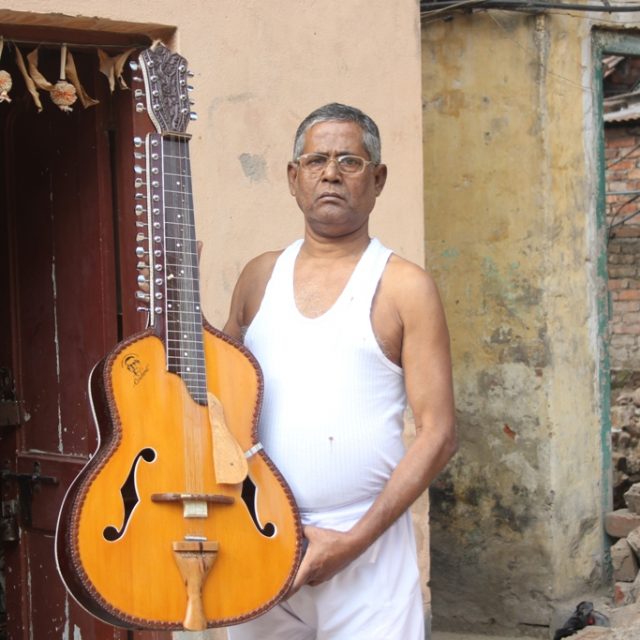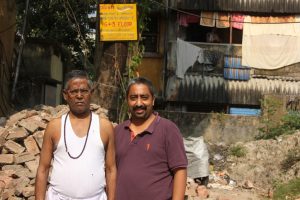This review was written in April 2011.
In his latest book “A View from the Machan”, field biologist and conservationist Ullas Karanth makes a strong case for greater use of science in the effort to save the tiger. The book takes a holistic look at the life of the tiger and calls for greater urgency in conservation efforts. A valuable addition to the debate on wildlife conservation. And to my bookshelf.
__________________________________________________________________________
Being borderline passionate about nature, wildlife and ecology, I keep looking for books that enrich my knowledge on these subjects. During a recent visit to Mangalore, I spotted a slim book in a tiny bookstore called Athree (near Jyothi Circle, if you must know). The fact that it was written by Ullas Karanth made me browse through it. The decision to buy the book was taken in less than two minutes. The extremely well designed cover and the superbly evocative illustrations inside definitely helped.
I started reading the deceptively slim book the same evening, with my favourite poison by my elbow.
Ullas has dedicated the book to two biologists who “taught me to think clearly about wildlife”. The book is divided into 13 chapters. In the first few, Ullas describes his abiding passion for animals and the forests (right from early childhood) and his transition into a trained conservationist and field biologist. The fact that his father (the noted writer Shivarama Karanth) did not believe in formal schooling and so, did not send him to school until the age of 11, gave young Ullas unbridled freedom to roam the forests. He did join school eventually and then went to train in Engineering. A career in Engineering and later, in farming only served to heighten the restlessness within him – to get back to nature and wildlife. And so, well into his thrities, he enrolled for a Wildlife Management Training Program being run by a noted conservationist in the USA.
Returning to India after the program, Ullas throws himself into efforts to conserve the tiger at Nagarahole in Karnataka. And meets Chinnappa – a ‘lone warrior’ against poaching and human invasion of the forests. The two strike a warm and enduring friendship immediately, and go on to make several field trips together. The feeling of ‘give and take’ between the old school and the new, is palpable as Ullas describes how he learns a whole load of field wisdom from Chinnappa and in return, inducts him (Chinnappa) into birdwatching. Ullas has devoted an entire chapter to Chinnappa and his work.
Through the life of Chinnappa, Ullas throws light on the trials and triumphs of several such ‘lone rangers’, who have formed the backbone of India’s wildlife conservation efforts over the decades. These are unsung heroes, who combine compassion for animals and forests, an honest approach to life and copious amounts of native intelligence. To me, this was one of the most heart-warming chapters of the book, especially since I have met a few such in Namdapha and Mudumalai.
While the first few chapters of the book are definitely informative and interesting, the best ones come later. Ullas steps back from his own work and takes a look at the larger issues like predator-prey dynamics, wildlife population estimation, the need to manage wildlife populations and finally, the vexatious question of ‘humans versus animals”. Every conservationist worth his pair of binoculars has commented on these questions over the years. There have been endless debates on the right way to conserve our wildlife and forests. Often though, these debates have been notable for sentiment and stridency. Scientific tenor has been mostly missing from the arguments. Often too, politicians, armchair conservationists and the media jump on to the bandwagon, confusing the issue further.
In his no-nonsense, logical yet gentle way, Ullas marshalls his arguments clearly and succintly. Further, he does not hesitate to take a definite stand. For instance, in the chapters titled “Sacred Groves for the New Century” and “Nagarahole:Shop or Shrine”, he says that enough damage has already been done to wildlife by mankind, and so, the need of the hour is to implement 100% protection of forests and animals. He advocates zero tolerence to poaching, logging and other attacks on nature. He is against “letting nature manage itself”, as demanded by some conservationists. Since mankind has already wrought extensive damage on the earth’s natural wealth, the only way we can bring back the balance is to proactively take efforts to manage forests and wildlife scientifically.
His point is that forests have to be considered as sacred groves and left alone – just as ancient tribes consider the core of their forest to be the ‘sacred grove’, where their guarding deities dwell and where nobody is allowed. The practice of incentivising locals to use the forests for their economic needs, in the hope that this will make them care for the forest better, is untenable. I can’t agree more with this point!
Elsewhere, he talks in detail about estimating the population of animals, taking the tiger as an example. He explains the inherent flaws in the waterhole census and pugmark census methods of estimating tiger population. According to him, a growing body of wildlife biologists is now using that good old statistical tool – sampling – in order to estimate the total population. Which is indeed true! (What surprises me is that it took so many years for this simple tool to be recognised and used in estimating animal population! As a statistical technique, sampling is several decades old, and has been used in several forms of research.)
Ullas ends the book on a realistic, yet hopeful note. He concludes that it is indeed possible to save our tigers, but only if we act now.
What I like best about this book is that it demands a lot from the reader. It is definitely not for the pop wildlife enthusiast. Skimming the chapters would mean missing the point entirely. Each chapter is loaded with relevant, interesting information, all of which feeds Ullas’ central arguments very well.
I finished the book in two sittings – one before and one after I refilled my glass. After a long time, I felt happy to have read a gripping account of animal life and wildlife protection. Having finished reading the book, I found myself musing about lone warriors, the battlefields which our forests have become, the intersection of human intelligence and greed and our moral duty to protect animals.
It was a long time before I went to bed.
